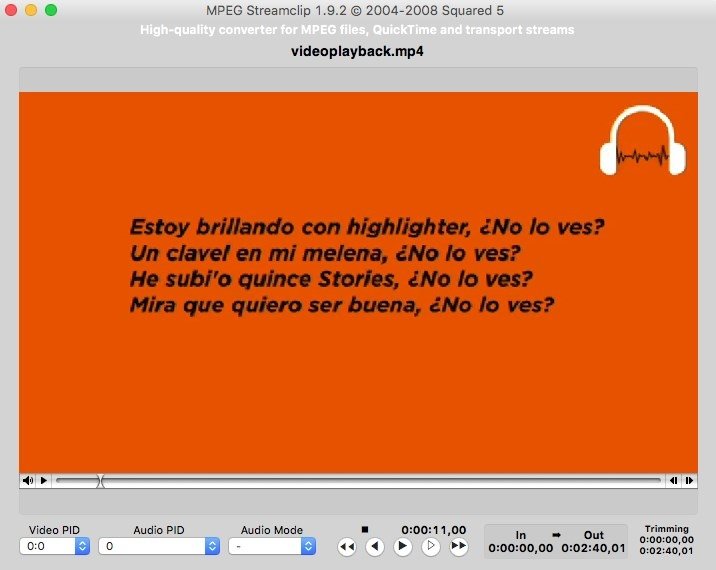

How to Extract iTunes Backup File Using FoneDog Part 3. How to Recover Deleted Files from iPhone Part 4. Losing data on your iPhone device has a lot of reasons. One is because of a factory reset, a system error, an iOS upgrade or just a human error. In this event, it really is a very frustrating situation. Luckily, iOS devices have 2 ways on how you can backup all your data and most of the users prefer using their iTunes.Īny data that is lost or deleted on your iPhone device is automatically saved on your iTunes backup file as long as you were able to enable it from day one. Other users lost their data on their iPhone device and they were able to enable their iTunes backup. However, the only problem is that they don't know how are they going to see or recovery those data that were deleted from your iPhone device. Some users may find their iTunes backup file but were not able to view them. In this kind of situation, all you need is an iTunes backup extractor which will allow you to see and recover all your lost data from your iPhone device. Method 1: Format Your Hard Drive on MacBook Pro Method 1: Format Your Hard Drive on MacBook Pro Method 2: Erase Your MacBook Pro with Data Wiper (Recommend) Let's say you wish to erase only a particular partition volume instead of the entire hard disk. This is the simplest way to erase the hard disk on your MacBook Pro. Here is how you can do that.ġ) Access Finder menu by clicking on the Dock icon. You can also access it through Spotlight.Ģ) On the left click Applications, scroll down a bit to the Utilities. You will need to double click on it.ģ) Once the folder opens you will the Disk Utility application. Again, you will need to double click it to launch it.Ĥ) Choose the hard disk drive you wish to erase. The drive names will appear in the left sidebar.ĥ) Click the Erase tab as shown in the image above.Ħ) In the erase tab you will see the Format section.


Next to this option is the dropdown from where you can choose how you wish to format the drive.
Mpeg streamclip for mac update mac os#
For instance, if you wish to use the drive only for one of the Mac OS versions, select Mac OS Extended.


 0 kommentar(er)
0 kommentar(er)
